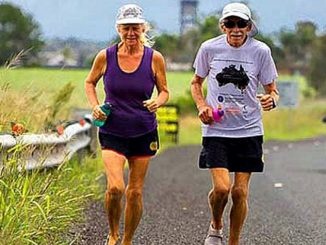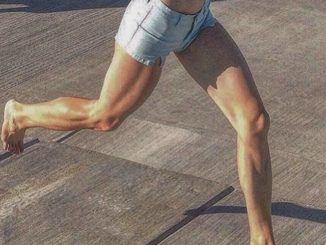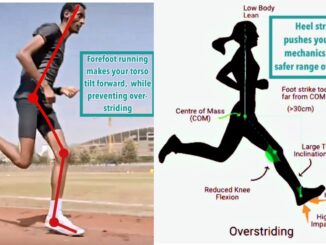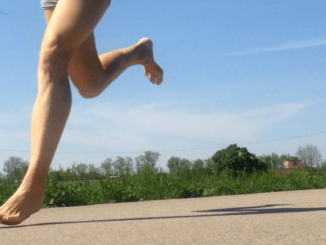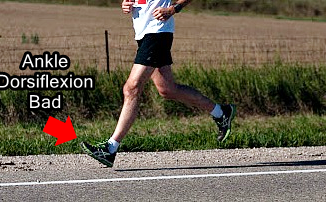
How to Train Yourself to Not Heel Strike When Running
The best starting place to avoid heel striking when running is to avoid lifting the front of your foot back upon and at landing, rather learn to relax the front of your foot and let it fall to the ground so that you can actually land directly on the balls of your foot.

